10 Signs Of Apple's Market Momentum From Q2 Results

A Blockbuster Quarter (Again)
Propelled by better-than-expected iPhone sales, Apple once again beat analysts' expectations for the second quarter ended March 28. The Cupertino, Calif.-based company reported a 33 percent increase in net income, to $13.6 billion, on a 27 percent increase in sales, to $58 billion.
Apple shares hit a new all-time high of $135.62 in after-hours trading Monday. The shares opened Tuesday at $134.54.
Here are 10 signs of Apple's market momentum from the Q2 results.
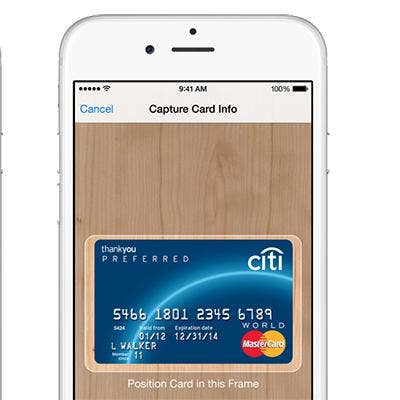
10. Apple Pay Is Gaining Traction
Apple CEO Tim Cook said the number of locations accepting Apple Pay has tripled over the past few months. Best Buy is now one of the retail stores that will offer Apple Pay later in the year.
In addition, credit card company Discover on Monday announced its members would be able to make contactless payments utilizing Apple Pay starting in the fall, joining other companies like Visa and Mastercard.
"The Apple ecosystem continues to expand in exciting ways. We’re seeing great momentum with Apple Pay," said Cook.

9. Momentum In The Chinese Market
Apple set a record in China, with more than 70 percent year-over-year growth in Greater China revenue, the company said. Analysts attributed the success to iPhone 6 and iPhone 6 Plus sales in China, where midrange Chinese phone companies like Xiaomi and Huawei have long been the most popular.
China's middle class was the largest customer base for Apple's phones, said Cook. "It was an incredible quarter," he said of the Chinese market gains. "We were up 71 percent year over year. We set a record in China for revenues. We did that now in a quarter that included Chinese new year, and so we have the help of a strong holiday season, much like the U.S. has a strong season in December."
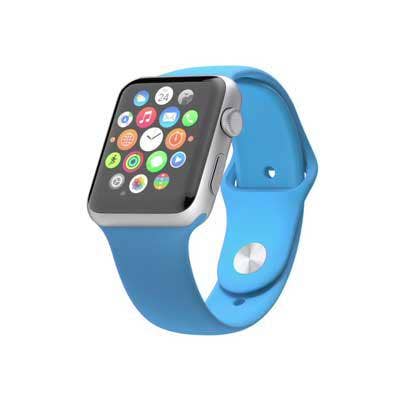
8. Apple Watch App Momentum
As many analysts had expected, Cook did not reveal any numbers surrounding the Apple Watch, which was released last week. However, he did mention that the apps developed for the Apple Watch had reached 3,500. That compares with 500 apps when Apple launched the iPhone and an estimated 1,000 apps when Apple released the iPad.
"It’s been really great to see the reaction of customers since their watches began arriving on Friday morning," said Cook. "All around the world, we’ve seen the excitement on social networks as people start using their Apple Watch. The response has been overwhelmingly positive."
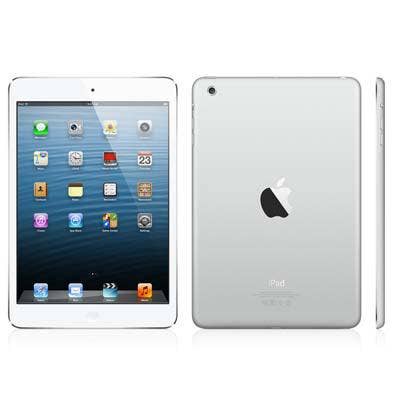
7. iPad Is Making Enterprise Inroads
Although iPad sales were down 22 percent in the quarter, Apple is making inroads into the enterprise market with its tablet product.
Apple CFO Luca Maestri called the iPad the No. 1 tablet in the enterprise citing a recent Changewave survey that of corporate buyers planning to buy tablets, 77 percent were set to purchase iPads.
Maestri cited partnerships with more than 24 other business software providers, including Box, DocuSign, MicroStrategy, Revel Systems and ServiceMax.
Cook, for his part, said the IBM-Apple partnership to bring the iPad into the enterprise is in its "early stages," but he likes what he sees from the alliance. "I'm a big believer in the ability for iPad to play in a major way in the enterprise," he said.
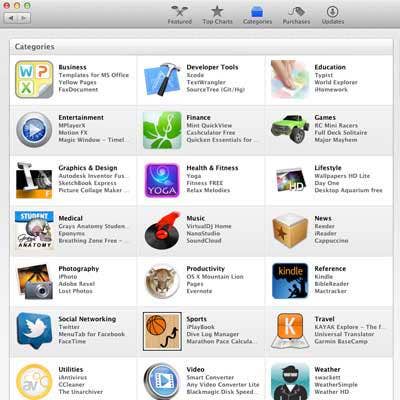
6. App Store Success
Apple services grew 9 percent year over year, to an "all-time record" of $5 billion, sparked primarily by the Apple App Store.
"The growth was led by the App Store, which remains incredibly popular with our customers around the world, with revenue up 29 percent in the March quarter," said Maestri.
Maestri noted that a recent report by market research firm App Annie stated that the App Store generated 70 percent more global revenue in the March quarter than Google Play, up from a 60 percent lead in September.

5. Returning More Cash To Shareholders
Apple, which has $194 billion in cash, said its board of directors authorized an increase of more than 50 percent to a program to return capital to shareholders. That brings the total cash Apple plans to return to shareholders to $200 billion by the end of March 2017.
Apple also increased its share repurchase program authorization by 55 percent, to $140 billion, up from $90 billion last year.
"We look at our business plans, we look at what we want to accomplish from [a] product perspective. We look at the capital needs that we have to run the business and to grow the business. And then we see that we’re in this great position that we can return cash to shareholders," Maestri told analysts.
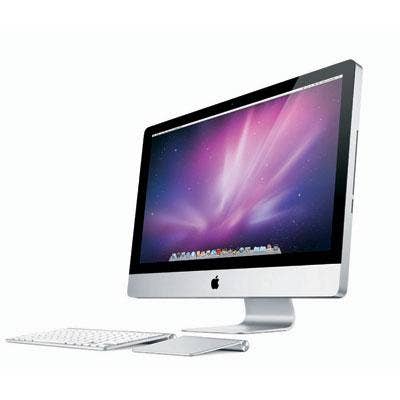
4. Macs Lead A Faltering PC Market
Apple sold 4.6 million Macs in the second quarter, a 10 percent year-over-year increase despite the overall PC market's contraction. Maestri said Mac sales were fueled by updates in March, such as the addition of the Force Touch trackpad, to the MacBook Pro, as well as the MacBook Air.
According to Cook, the Mac did particularly well in China this quarter.
"The Mac also had an unbelievable quarter in China, and I’m particularly very happy with this, that Mac unit sales were up 31 percent," he said. "And like the rest of the world, or most of the rest of the world, [research firm] IDC is projecting that PC sales in China contracted by 5 percent last quarter. And so once again, [we are] bucking the tide."

3. A Staggering First Half
The record second fiscal quarter results come after Apple posted the biggest profit in corporate history -- $18 billion -- for its first fiscal quarter, with a record 74.5 million iPhones sold in that period.
"We’re now halfway through fiscal 2015 and our year-to-date results have been simply staggering," Cook told Wall Street analysts on the conference call. "We sold over 135 million iPhones, 34 million iPads, and 10 million Macs in the first six months of the year. Our revenue has grown by 28 percent, to over $132 billion, net income has increased 36 percent, to over $31 billion, and EPS has grown by 44 percent."
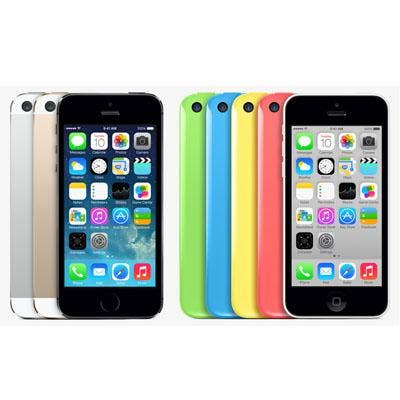
2. iPhone Sales Soar
iPhone sales of 61.7 million were a record for the second fiscal quarter, 10 percent greater than analysts' estimates of 56 million. iPhone sales in the quarter were up 55 percent compared with the year-ago period. What's more, iPhone sales in emerging countries were up 63 percent compared with the year-ago period.
Cook said that he continues to see customers switch over from Android phones to Apple smartphones. The switch-over rate pits Apple further in the smartphone market against Samsung, Apple's long-time competitor.
In March, Apple expanded its trade-in program to accept non-iOS smartphones, such as Android, BlackBerry and Windows devices, persuading customers using non-iOS devices to switch over.
"We continue to see a higher rate of switchers than we have seen in previous cycles, and so we’re extremely excited about that," Cook said.

1. A Strong Third-Quarter Sales Forecast
Looking to the third fiscal quarter, Maestri said, he has "strong confidence in the future of Apple and the value we see in our stock."
For its third fiscal quarter, Apple expects revenue to be between $46 billion and $48 billion, up as much as 28 percent from $37.4 billion in the year-ago period.
Cook said the June quarter is off to "an exciting start," with a strong reception for three new Apple offerings: the new MacBook, the smallest and lightest yet, which began shipping two weeks ago; the Apple Watch; and finally a new streaming service from HBO available on Apple TV and iOS.